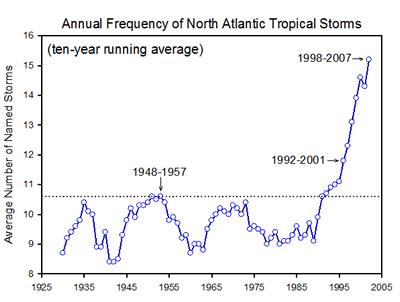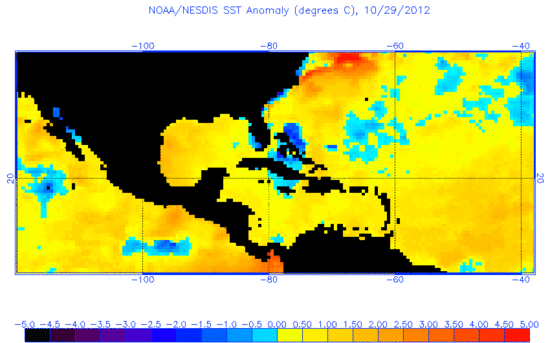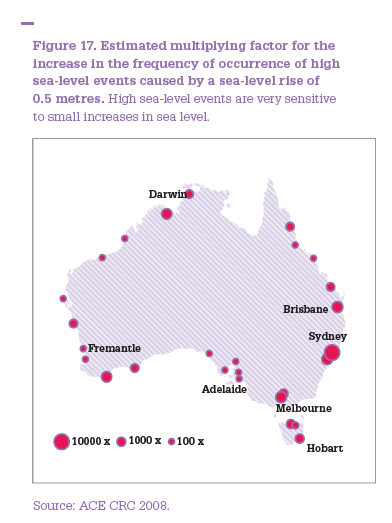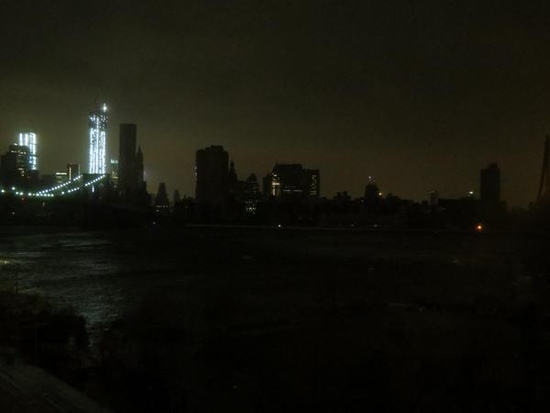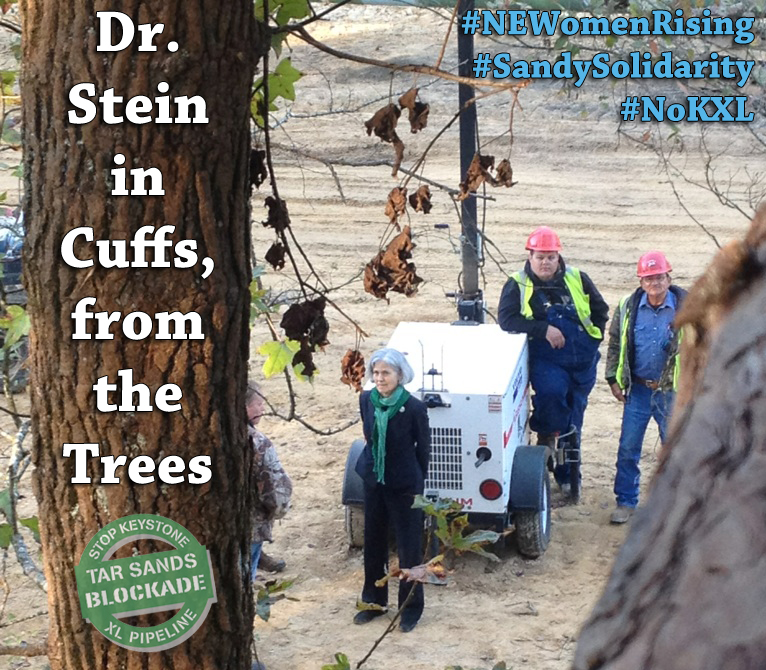It was known this was coming, just not exactly when. A week or more ago, the metereologists predicted the storm surge, which is what did the damage. Now the chatter begins that we cannot say that climate disruption “caused” this storm. What is causation in the context of extremely complex intra-active systems with human and non-human components? How can we understand an event that we knew would happen and that we know will have happened again? What happens to time and space in this crisis of understanding?
I’m bringing together in this title Paula Treichler’s classic How To Have Theory in an Epidemic about the AIDS crisis and Gabriel Garcia Marquez’s novella, Chronicle of a Death Foretold. For Treichler, as well as being an infectious disease, AIDS was also an “epidemic of signification.” For example, although it might be said that a virus does not discriminate in the sense that it will infect any host it can, AIDS revealed many of the pre-existing patterns of discrimination in US and global cultures. For Marquez, the fact that the murder of Santiago Nasar was known to be coming did not prevent it, despite many trying to do so. His story shows that intentions are no more linear than the networks of communication that convey them.
I’m just thinking aloud here, so I’m going to go by bullet point.
- Causation, Chaos and Climate
It’s one of the best-known of all clichés that a hurricane might be “caused” by the flap of a butterfly’s wings. Yet media insist on running around telling us that we can’t be sure if climate change “caused” this storm. No, because change of state is by definition indeterminate. One minute it’s stable, the next it is not. But let’s just do the obvious for the sake of it. The number of Atlantic storms has increased exponentially:
So we’re more likely to have major storms than we ever were. There are two tropical storms out there right now, which don’t appear headed for land. Two, the water over which the storms pass is warmer than ever, giving the storms more energy and more water to displace. Here’s the temperature of the ocean at the time Sandy formed:
Anything yellow/red is warmer than usual, red is way warmer. Like up by New York.
Third, higher sea level on average produces exponentially greater rise during high sea-level events. Here’s a chart worked out for Australia. I don’t know of one for the US. Even the smallest dot represents a multiplication of 100 times. The largest dot represents a 10,000 time multiplying factor.
So: more storms with more energy producing exponentially higher sea-levels. That’s “all” we knew for sure.
Notice also that the major cities in Australia in the map above are all near to larger dots, perhaps precisely because European colonization favored large natural harbors as a place to settle to facilitate trade. It’s only just dawning on people in the US that the colonial pattern of settlement contains its own time bomb that is now going off, after several centuries of what we might call carbon emission abuse.
- New Urban Geographies
New York City now has its own North/South divide. It turns out that uptown in NYC is literally up, just as it is in New Orleans, protecting the wealthiest from the intra-action of their own consumption patterns. The cultural divide between Mid-town and Downtown is now literally visible.
And to everyone’s surprise, the first sections of the downtown grid re-energized were those in the financial district! Who would have thought it?
There are other inequalities being revealed. As David Rhode points out in The Atlantic, people like me and him have had the time and financial resource to escape the blackout zone. We’re able to do so because of others like the garage staff who drove my car out of a pitch dark underground lot, and the door and maintenance workers at my building. Because they are at work, they’re not able to help family, friends and neighbors. So those areas come back more slowly.
It’s an internal but real segregation, reflecting the ingrained divide within the city:
Manhattan, the city’s wealthiest and most gentrified borough, is an extreme example. Inequality here rivals parts of sub-Saharan Africa. Last year the wealthiest 20 percent of Manhattan residents made $391,022 a year on average, according to census data. The poorest 20 percent made $9,681.
Only Heavily Indebted Poor Countries like Niger have worse divides. We both have plenty of Heavily Indebted Poor (and relatively poor) People, of course. Just for the record, I am nowhere near that top 20% and I am surprised at how high that earnings figure actually is–you often hear claims that if you make more than $350,000 you are in the one percent. Clearly that’s also a manipulated figure.
Only today, Thursday, is the city getting food and water into downtown. Parts of Brooklyn and Queens are far more in need. No one seems to get the extra difficulties confronting people with mobility issues. All these consequences flow from the conception of New York as a city of immaterial labor, where you are responsible for your own health–eat right! work out!–not your employer. Should you “fail” that requirement, you become invisible. So many people have lost pay during this week that they can ill afford but no one is promising them a bail out.
- Patterns of Resistance
In a non-linear, time-distorting crisis, you have to resist what will happen, as much as what has already happened. Yesterday a Presidential candidate was arrested. No, it was not Romney up for perjury but Jill Stein, the Green Party candidate.
She was participating in the blockade of the Keystone XL pipeline in Texas. Arrested, she was photographed by one of the remaining tree-sitters. Let’s remind ourselves that we already know that if the carbon in the tar sands is released by combustion NASA climate scientist James Hansen has said “it’s game over for the planet.” This, too, is foretold. We know that Romney will approve the pipeline. We have a sinking feeling that Obama will too because why else approve the Southern half?
What do we do? Circulate this picture. Make Obama aware that if you do vote for him, it’s on condition that he stand up to the oil lobby after he wins his last election. Vote Green in places where the Presidential election is not close enough to risk making the state Republican (Ohio, Wisconsin, Iowa, Virginia, North Carolina and Florida, that’s you).
If you have the privilege of mobility and arrestability, consider getting up in those trees. Or joining 350.org. Or helping with recovers.org–that link is for the Lower East Side, and here’s the one for Red Hook and Astoria.
Don’t give money. Don’t sign a petition. Do something.
It’s not too late but it’s too late too pretend we don’t know what to do.

